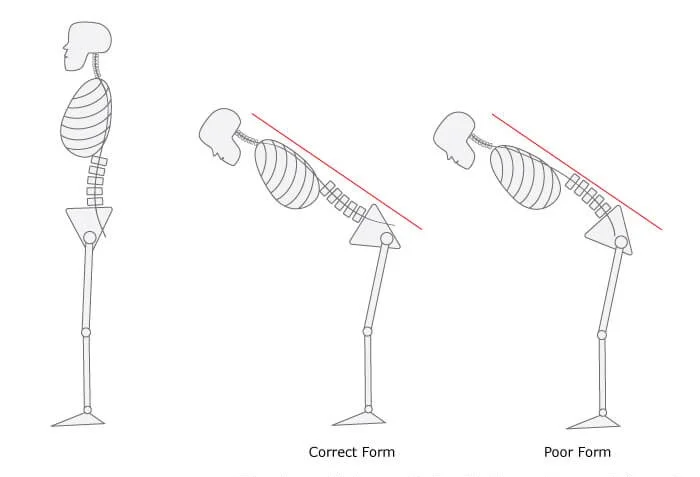Tempering is a process used to impart strength and toughness, and essentially serves to bring out the intrinsic properties of the material under stress. Athletes forged in the crucible of severely testing conditions may be similarly rendered highly resilient to future challenges and stressors. Those who successfully come through such trial by fire paradoxically often prove stronger from the experience. The notion that stressors can not only make systems more resilient, but in fact stronger and better as a consequence, speaks to the concept of antifragility, a phenomenon observed in nature and highlighted by Nassim Taleb who famously coined the term. In this post, we will bring this antifragility lens, and a general reticence to accept that sports injuries ‘just happen’, to reframe how we think about preparing athletes to ‘future proof’ them to risks and scenarios that we cannot fully anticipate. In place of safeguarding measures and interventions that seek to protect, we will make the argument for tempering athletes to harness and develop their intrinsic reserves and coping abilities. Adopting this perspective and general strategy for managing injury risk, we will outline some tactics to help guide practitioners in their approach.
Informed Shorts: Is 'Hip Hinge' Really a Fundamental Movement?
The Why, What, and How of Coaching Movement: Part 2
As practitioners we are all essentially coaches, and in our various realms we find ourselves directing athletes on how we want them to move. In the first part of this 3-part post we delved into the why, as we attempted to elucidate what roles we should play, and define what objectives we should be seeking to fulfil when providing instruction to athletes. With this second part on coaching movement we get into the 'what'.
'You Must Have Good Tyres' - Why and How to Train the Foot
Aside from serving as the point of weight-bearing for all activities performed in standing, the foot represents the terminal link in the kinetic chain where forces generated by the athlete are transmitted to the ground beneath them. The action of the foot is integral to all modes of gait, from walking to sprinting. During sprinting, for example, the athlete's technical proficiency in how they apply force during each foot contact is recognised as paramount. Despite the integral role of the foot in locomotion and a host of athletic activities common to the majority of sports, training to develop this critical link is often overlooked in the physical preparation undertaken by athletes. This post examines the role of the different muscle groups involved in the dynamic function of the foot. We will explore different training modalities to develop the respective muscle groups, and also discuss the applications of this form of training, from both sports injury and performance perspectives.








